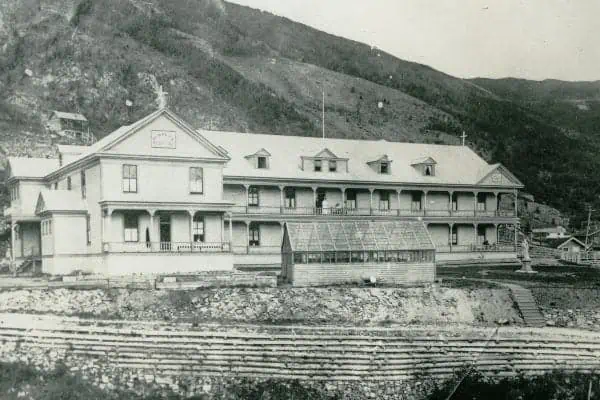About the same time as I was reading Elle Wild’s very entertaining mystery novel, Strange Things Done, I happened to watch a discussion between best selling novelists Stephen King and Lee Child. Part of the discussion was about settings, and Child noted that he had set one of his novels in New York, a city with which he was very familiar, but he had found he had to change the geography of the place in order to move his people around. He needed to keep the plot moving and stop the narrative from turning into a travel guide.
When I interviewed Wild, for a story I have yet to write, I mentioned that she had done the same sort of thing in reinventing Dawson for her novel.
The book is set in 2004, but the ambiance of the story is way more like the late 1960s. Central characters drive across town a number of times in the story, and a few blocks seems to take about 20 minutes. Meanwhile, it seems to take no longer than that to get to a cabin several kilometres up the Dempster Highway, which would be a good hour’s drive in real life.
At one point Wild needed to establish that a character had gone missing, and used the standard trope of uncollected mail at the door. There is no home delivery here.
The biggest change is probably the site of the first murder victim, who is said to have fallen into the Yukon River from Crocus Bluff. In actuality a fall from there would land you on the Front Street portion of the Klondike Highway.
All of this is in keeping with what writers have done to Dawson over the last century and a bit.
Jack London set a lot of his tales out in the bush or in some of the smaller mining communities in the Klondike, but Robert Service didn’t hesitate to change things around to suit his stories. The Trail of ‘98, which I covered here some weeks ago, is full of rearranged geography, but a more obvious alteration is the gun battle in The Shooting of Dan McGrew. The NWMP didn’t allow handguns into town, and the fight there is more of the classic American western variety common to the USA, where Service actually spent his time during the real Gold Rush years.
When Canadian novelist Robert Kroetsch turned the poem into his novel The Man from the Creeks, he kept much of Service’s additions and added a few of his own.
Whitehorse’s David Thompson has given us a couple of books with Klondike settings. He uses both Dawson proper and the suburb of Rock Creek as his main backdrops (well, half of the second book is set in Haines Junction) and treats them as settings appropriate to his main characters, who are sort of warmed over free spirits.
Vicki Delany’s four volume Klondike Mystery series doesn’t pretend to be accurate. The hotel/bar that Fiona MacGillivray runs never existed during the Gold Rush, but it feels right and the stories are historically sympathetic enough.
There are some other books I could mention, but I’ve about run out of space for this week. Perhaps another time.




